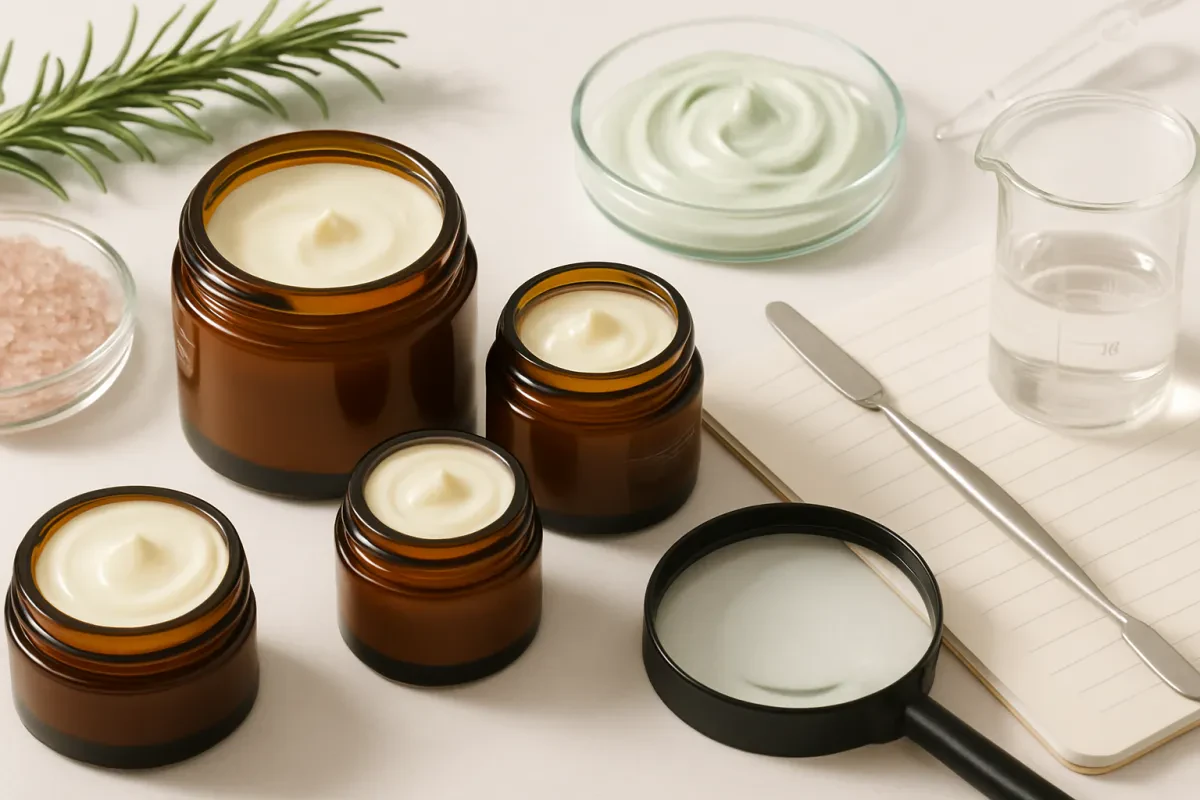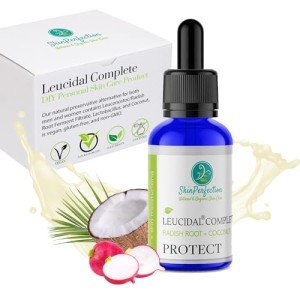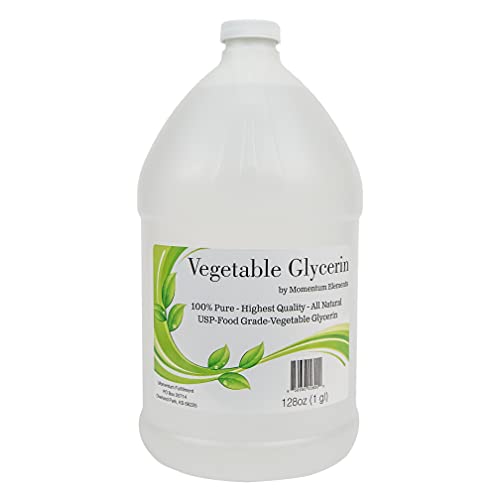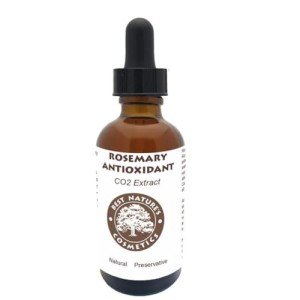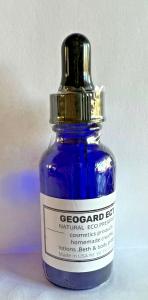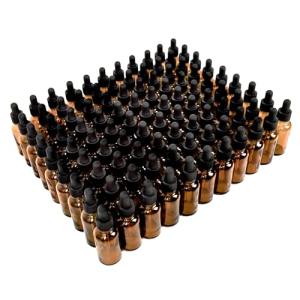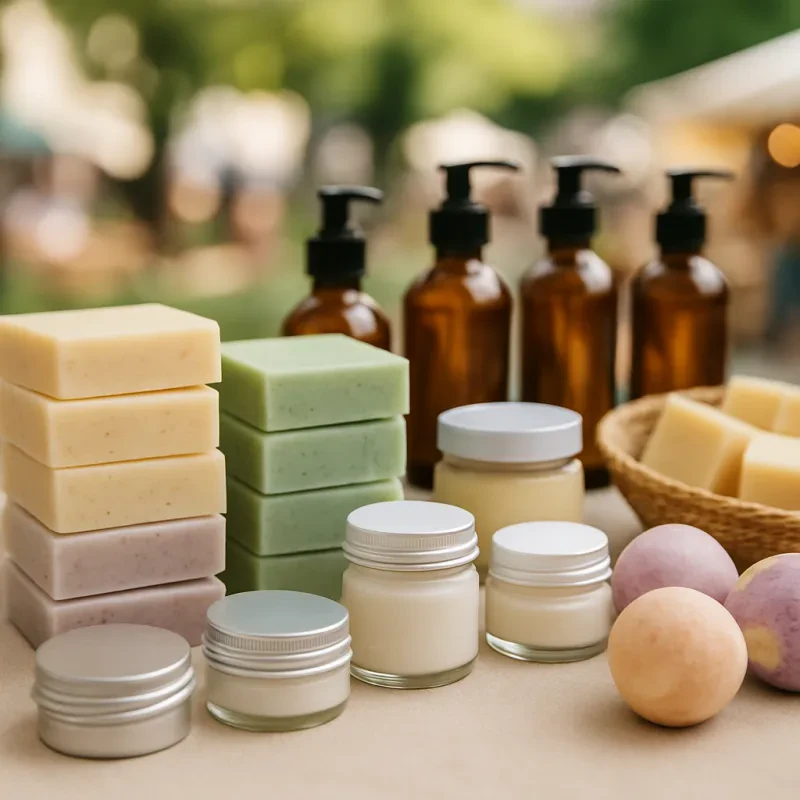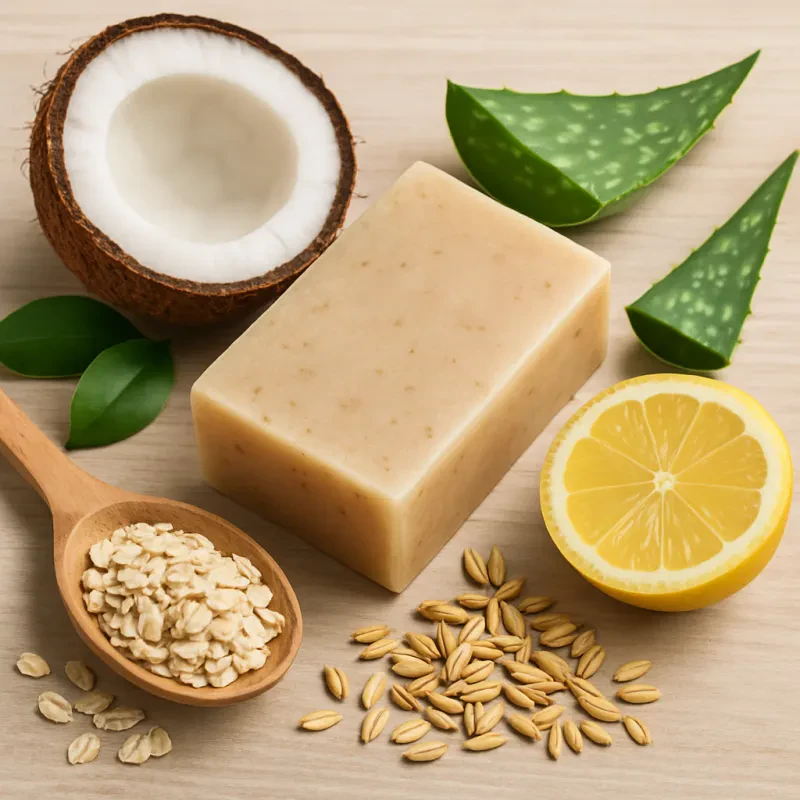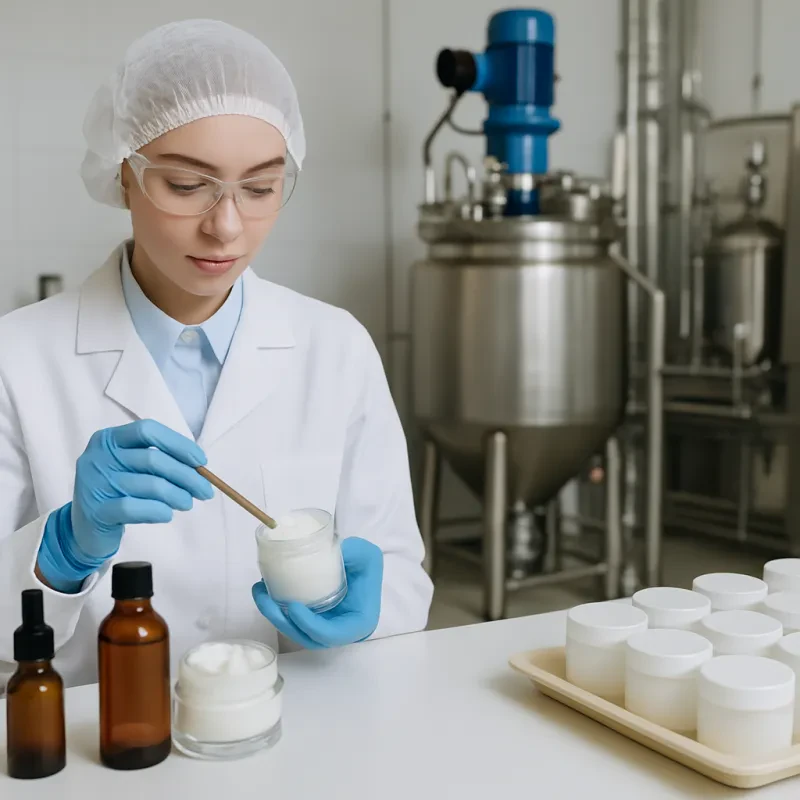Handmade cosmetics offer a natural, customizable alternative to commercial products, but without proper preservation, they can spoil quickly and pose risks to users. Unlike factory-made products with sophisticated preservation systems, DIY formulations are more vulnerable to contamination by bacteria, mold, and yeast. Understanding how to extend the shelf life and ensure the safety of your handmade cosmetics is essential for both personal use and selling to others.
Understanding the Risks
Handmade cosmetics that contain water—such as lotions, creams, toners, and sprays—are the most prone to microbial growth. Water creates an ideal environment for bacteria and mold to thrive, especially when combined with organic materials like plant extracts, clays, or oils. Even anhydrous (water-free) products, like balms and body butters, can be contaminated if water is introduced during use (e.g., from wet fingers).
Spoiled cosmetics may smell rancid, change color or texture, or grow visible mold. However, microbial contamination isn't always visible, so relying on appearance alone is not enough to ensure safety.
Key Techniques for Preserving Handmade Cosmetics
-
Use a Broad-Spectrum Preservative
If your formulation contains water or may come into contact with it, a preservative is essential. Opt for a broad-spectrum preservative that protects against bacteria, yeast, and mold. Common options include Optiphen, Germaben II, and Leucidal Complete. Research compatibility with your formulation’s pH and ingredients, and follow the manufacturer’s usage rates.Leucidal Liquid Complete Preservative for DIY Cosmetics
Keep your DIY cosmetics fresh and safe with this natural preservative for a worry-free experience
Product information
$17.95
Product links
- Maintain Proper Hygiene During Production
Clean and sanitize all tools, containers, and surfaces before making cosmetics. Use gloves, sanitize your hands, and work in a clean, dry environment. Bacteria introduced during the mixing process can compromise the entire batch. -
Control Water Activity
Reducing the amount of free water in a formula can help prevent microbial growth. This can be achieved by using humectants like glycerin or propylene glycol, which bind water and reduce its availability to microbes.1 Gallon Food Grade Vegetable Glycerin
Ideal for DIY skincare and soap making enthusiasts
Product information
Product links
-
Use Antioxidants in Oil-Based Products
While oil-only products don’t need a preservative to prevent microbial growth, they can still go rancid due to oxidation. Add antioxidants like Vitamin E (tocopherol) or rosemary extract to slow down the oxidation process and extend shelf life.Rosemary Antioxidant Co2 Extract - 1oz
Protect your products with our Rosemary Antioxidant Co2 Extract
Product information
$14.50
Product links
-
Adjust pH Appropriately
Some preservatives only work within specific pH ranges. For example, Geogard ECT works best in formulas with a pH between 3 and 8. Always test and adjust the pH of your product to match your preservative’s effective range.30ml GEOGARD ECT Natural Preservative for Cosmetics
Keep your cosmetics fresh and safe with this natural preservative that's easy to use
Product information
$9.75
Product links
-
Choose Packaging Wisely
Packaging can protect products from contamination and environmental exposure. Airless pumps, squeeze tubes, and dropper bottles reduce the need to dip fingers into the product, lowering the risk of introducing bacteria. For water-based sprays, dark or opaque bottles can also help shield sensitive ingredients from light.Amber Glass Dropper Bottles 1oz, 50 Pack
Perfect for storing your essential oils, serums, and homemade beauty products in style
Product information
$26.99
Product links
-
Add Natural Antimicrobial Ingredients (with Caution)
While some natural ingredients like essential oils, certain herbal extracts, and honey have antimicrobial properties, they are not sufficient preservatives on their own. They can support preservation but should never replace a tested, broad-spectrum preservative. -
Conduct Challenge Testing and Stability Testing
For those planning to sell handmade cosmetics, investing in microbial challenge testing and stability testing is strongly recommended. These tests assess how your product stands up to microbial contamination and how it performs under different storage conditions over time.
Labeling and Storage Tips
Always label your products with a “made on” date and recommended shelf life. Store handmade cosmetics in a cool, dry place, away from direct sunlight. Refrigeration can extend the life of some products, especially those with minimal preservation or high levels of fresh ingredients.
Final Thoughts
Preserving handmade cosmetics is not just about prolonging shelf life—it’s about ensuring user safety and product effectiveness. By understanding the role of preservatives, practicing clean production methods, and being aware of how ingredients interact, you can create beautiful, stable, and safe cosmetics at home. Whether you're formulating for yourself or sharing with others, responsible preservation is a non-negotiable part of the craft.
